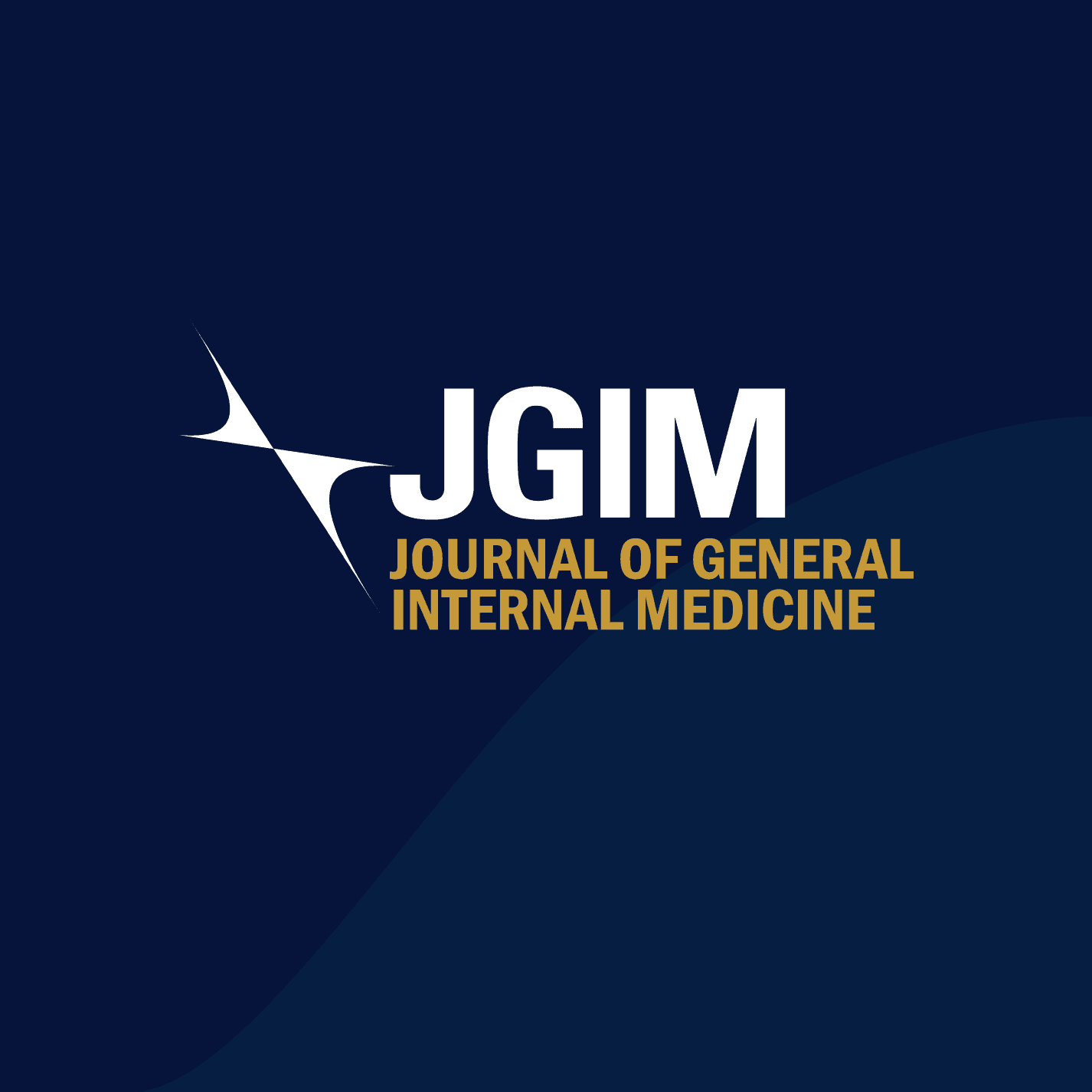Abstract
Background
Highly prevalent and worsened by the COVID-19 pandemic, burnout is associated with more frequent self-reported medical errors, suboptimal patient care, staff attrition, and lower professional fulfillment. There is a growing call for “wellness-centered leaders” who model, integrate, and prioritize well-being within the practice environment.
Objective
Having piloted a novel intervention called “The Practice” in one work unit with promising outcomes, we set out to implement and prospectively study the intervention more broadly at our institution.
Design
Departmental leaders were offered an opportunity for their team to participate. Within each interested departmental group, participants were trained in the core components of “The Practice”: five daily well-being exercises taking less than 15 min. Biweekly facilitated group meetings to share challenges and successes of doing “The Practice” were integrated into departmental meetings for 3 months. Outcome measures included the WHO-5 Well-being Index, the Wong & Law Emotional Intelligence Scale (WLEIS), and the Professional Fulfillment Index (PFI), completed at baseline and months 3, 6, 9, and 12 after enrollment. Changes over time were analyzed using mixed models. Supplemental experience data were collected from a convenience sample and analyzed using the Framework approach.
Participants
From May 2021 through January 2022, 191 physicians and allied health staff from 14 clinical departments were enrolled. Participants were majority female (84%, n = 161) and White (83.2%, n = 159).
Key Results
We observed significant improvements in scores from baseline compared to month 3 that were sustained at later time points for WHO-5, WLEIS, and three of four PFI scales (p < 0.05). Experience data reflected feelings of gratitude that the institution was invested in their well-being, “humanization” of leaders, and increased awareness of coworker’s feelings.
Conclusion
“The Practice” may be an effective, integrated, departmental wellness program by which healthcare organizations can support the well-being of their staff.
Topic
JGIM, Wellness
Author Descriptions
Office of Joy & Well-Being, Mayo Clinic, Phoenix, AZ, USA
Keith W. Jones MA, Jonathan A. Leighton MD & Cynthia M. Stonnington MD
Mayo Clinic Alix School of Medicine, Scottsdale, AZ, USA
Anna S. Jenkins MD
Quantitative Health Sciences, Mayo Clinic, Scottsdale, AZ, USA
Katie L. Kunze MA, PhD & Richard J. Butterfield MA
Gastroenterology and Hepatology, Mayo Clinic, Phoenix, AZ, USA
Jonathan A. Leighton MD
Kern Center for the Science of Health Delivery, Mayo Clinic, Rochester, MN, USA
Jason S. Egginton MPH
Cardiovascular Diseases, Mayo Clinic, Phoenix, AZ, USA
Floyd D. Fortuin MD & Julie S. Mulroy MSN
Psychiatry and Psychology, Scottsdale, AZ, USA
Cynthia M. Stonnington MD
Share
Related Articles
Volunteer Peer Support for Chronic Pain Self-Management: A Qualitative Study of Benefits and Barriers
Abstract Background Pain self-management is a key ingredient in chronic pain management.…
Effectiveness of the SHARE Approach for Improving Clinician Shared Decision Making Skills: A Trial in 12 Practices Located in Colorado, USA
Abstract Background The SHARE Approach Model and training curriculum was developed by…


